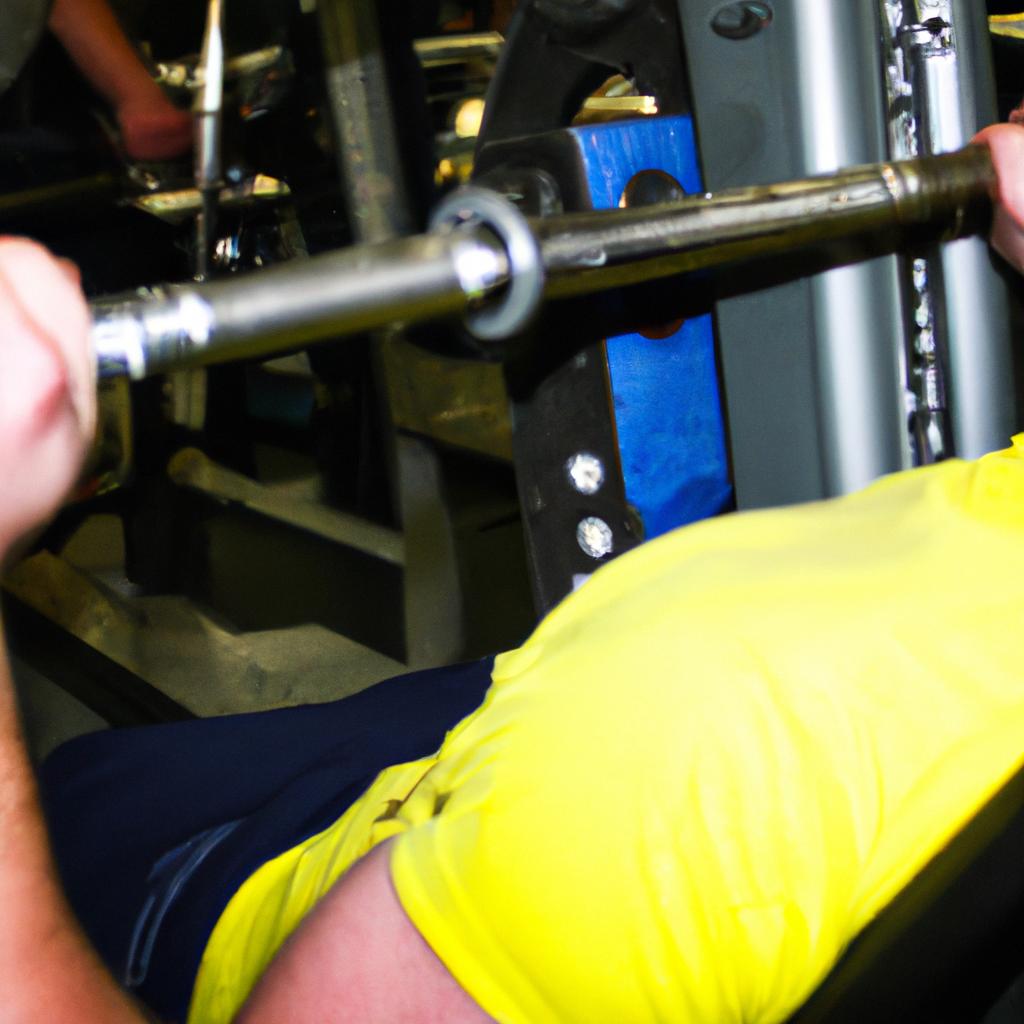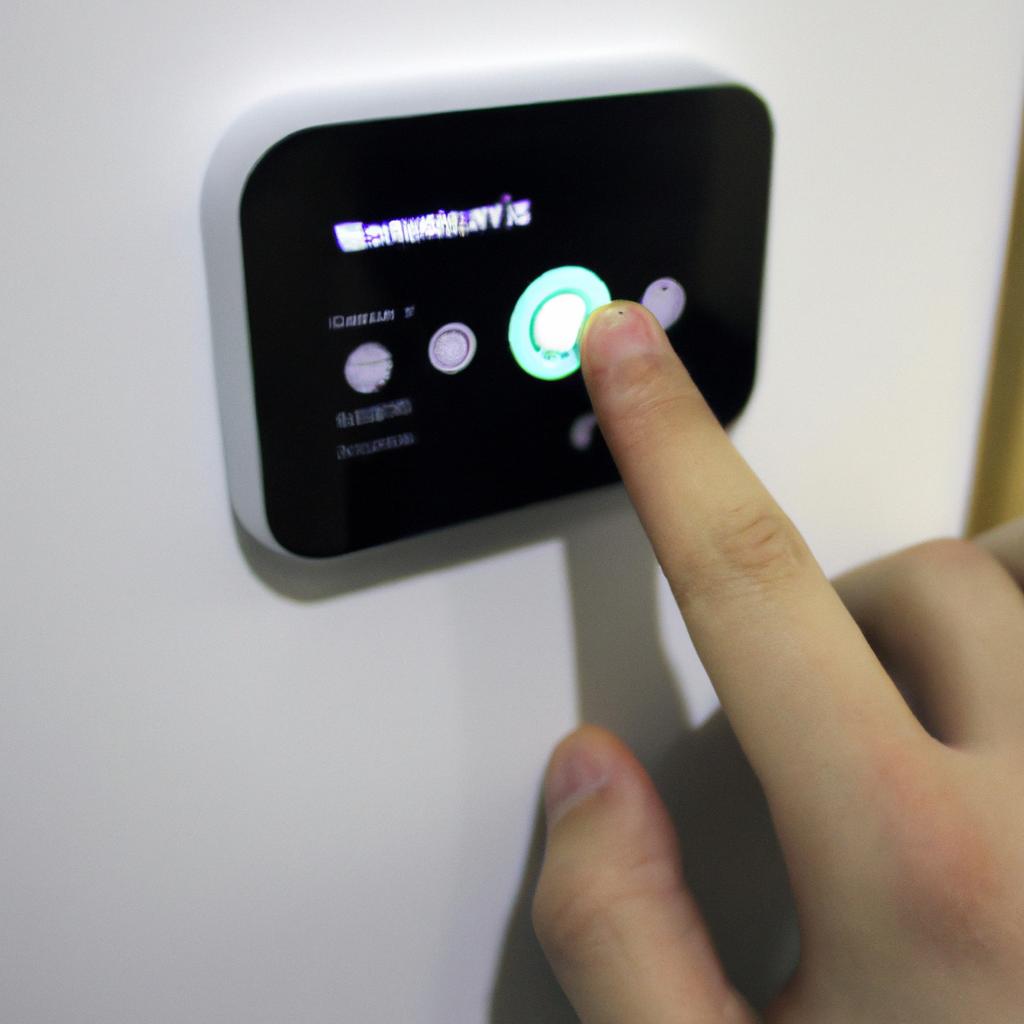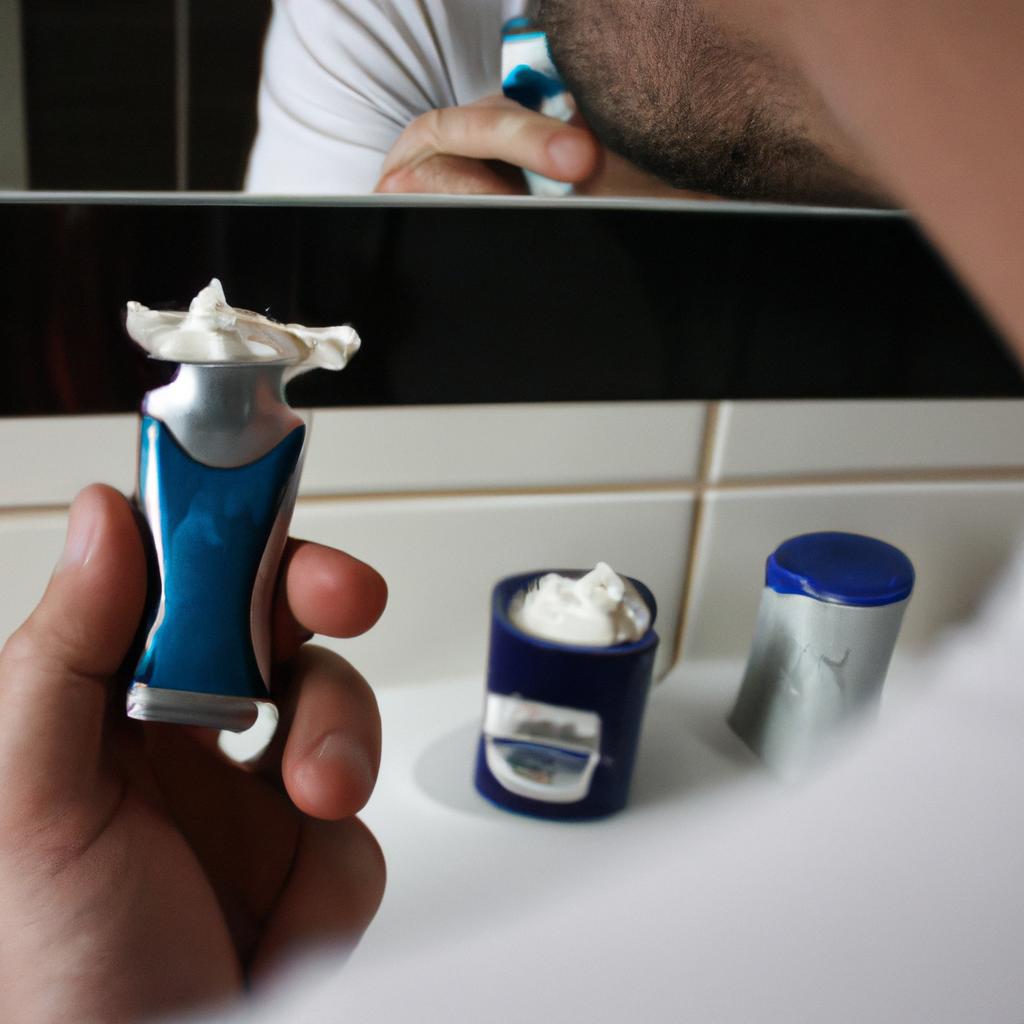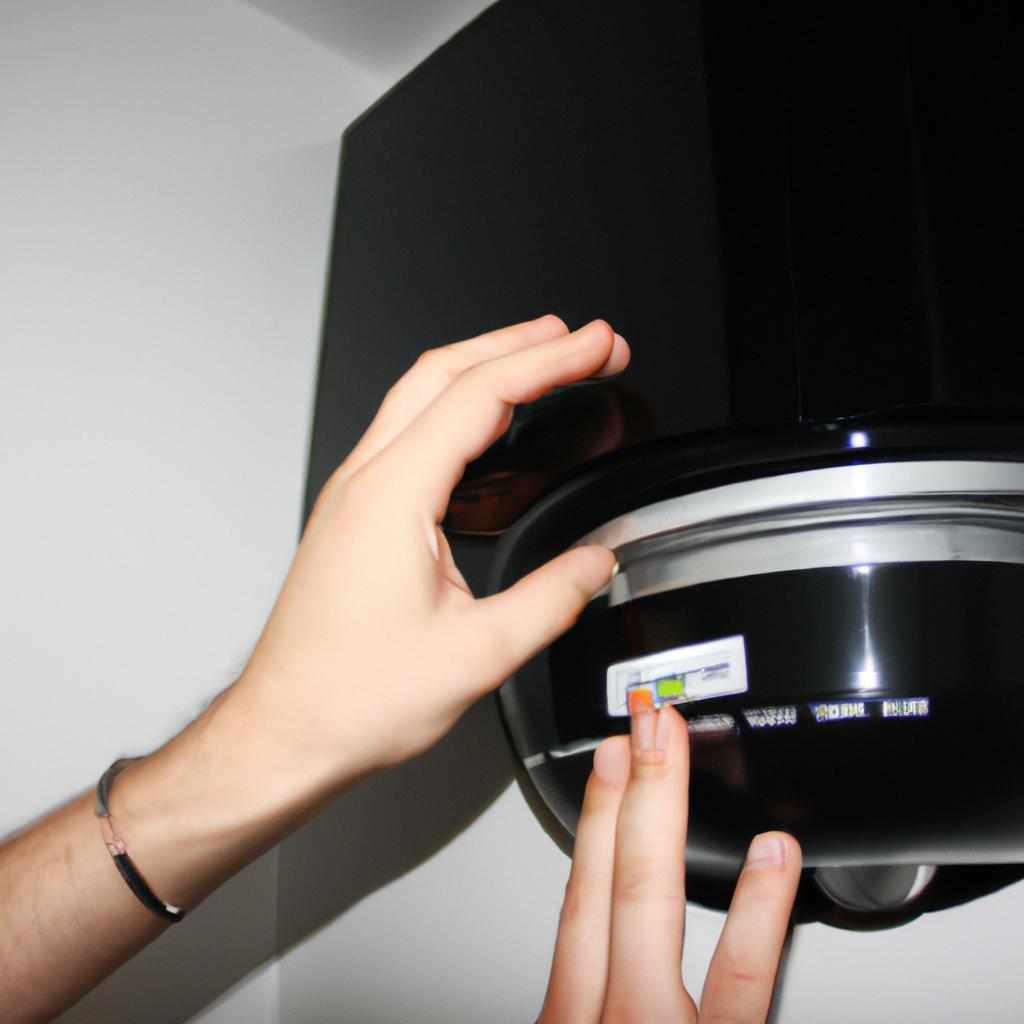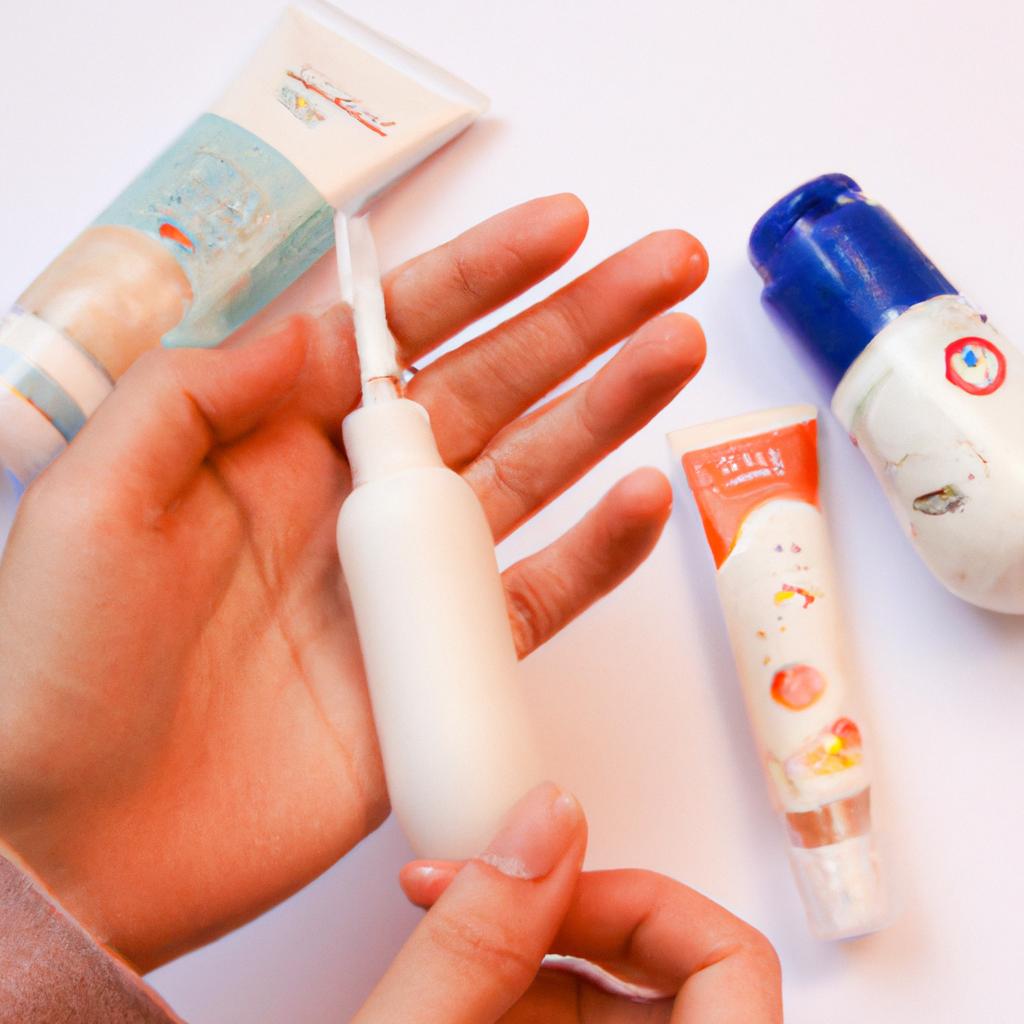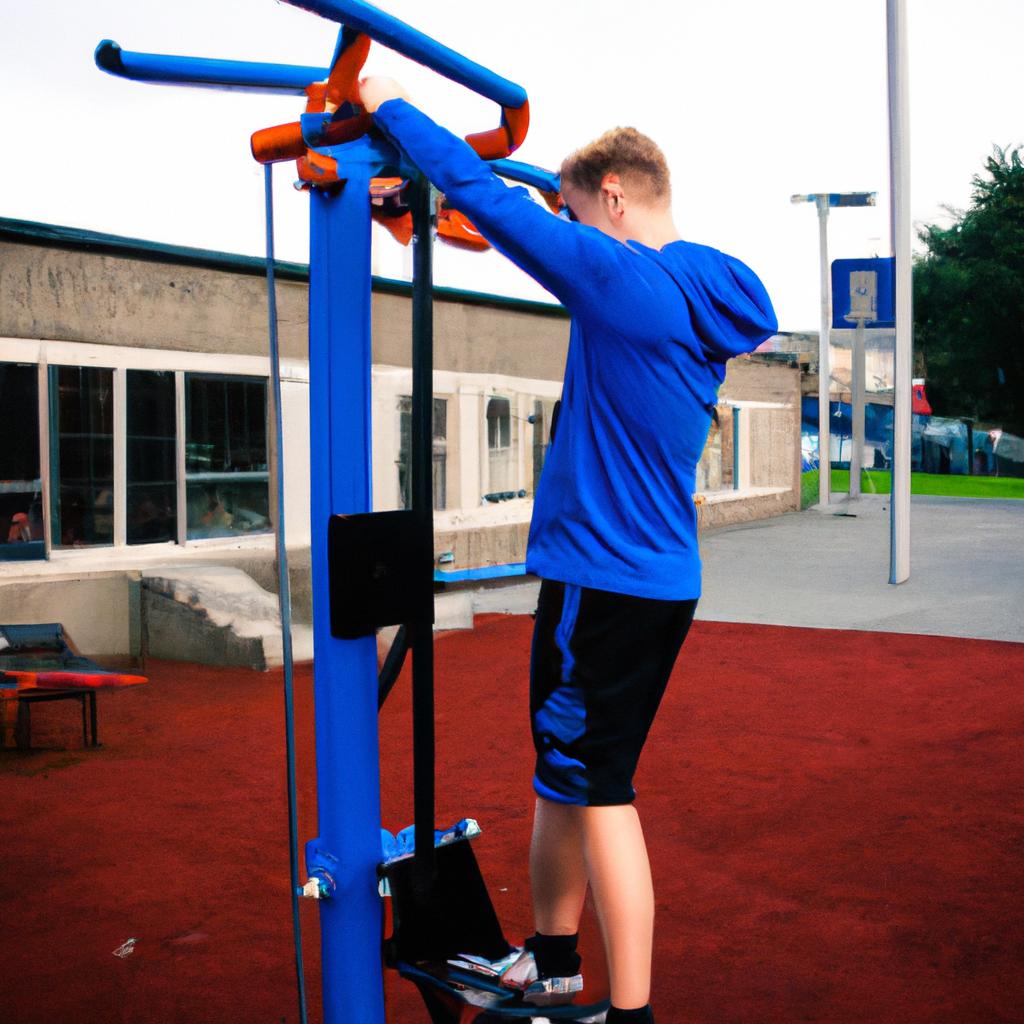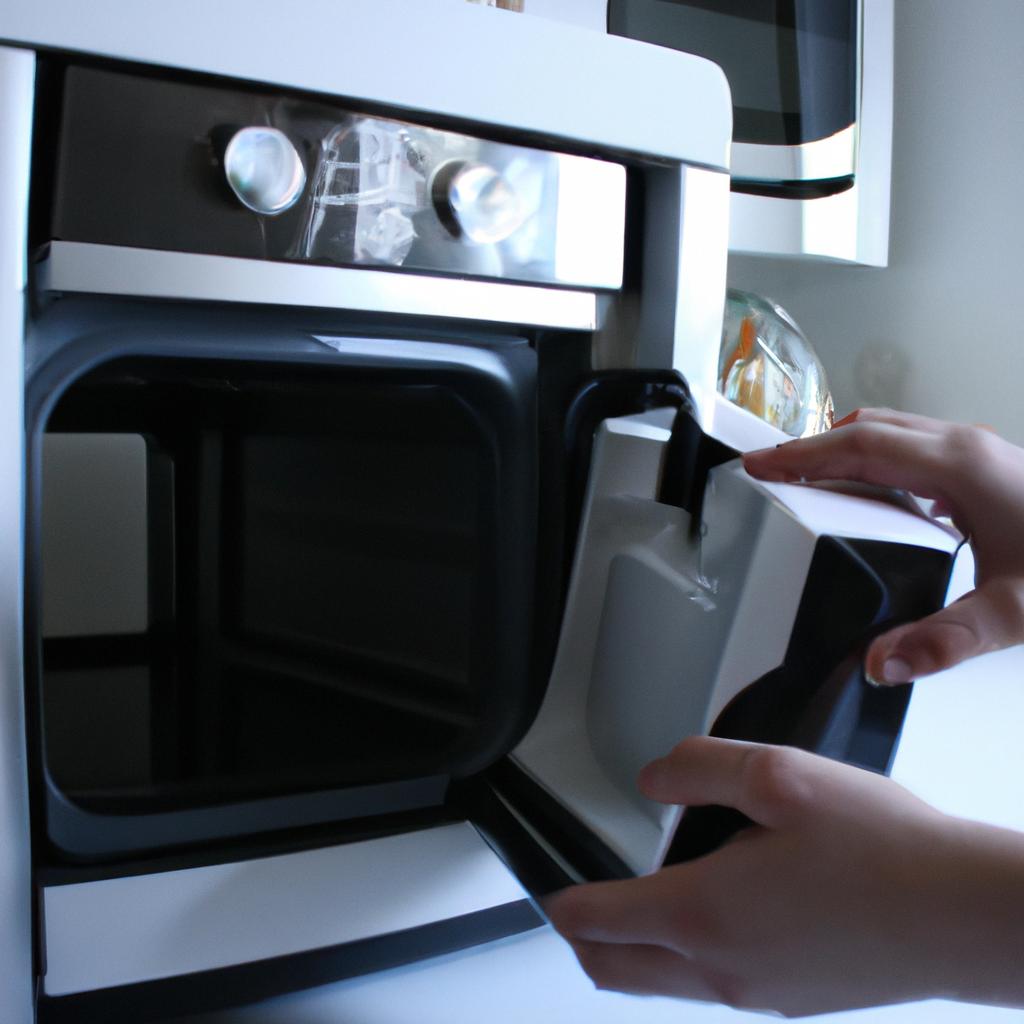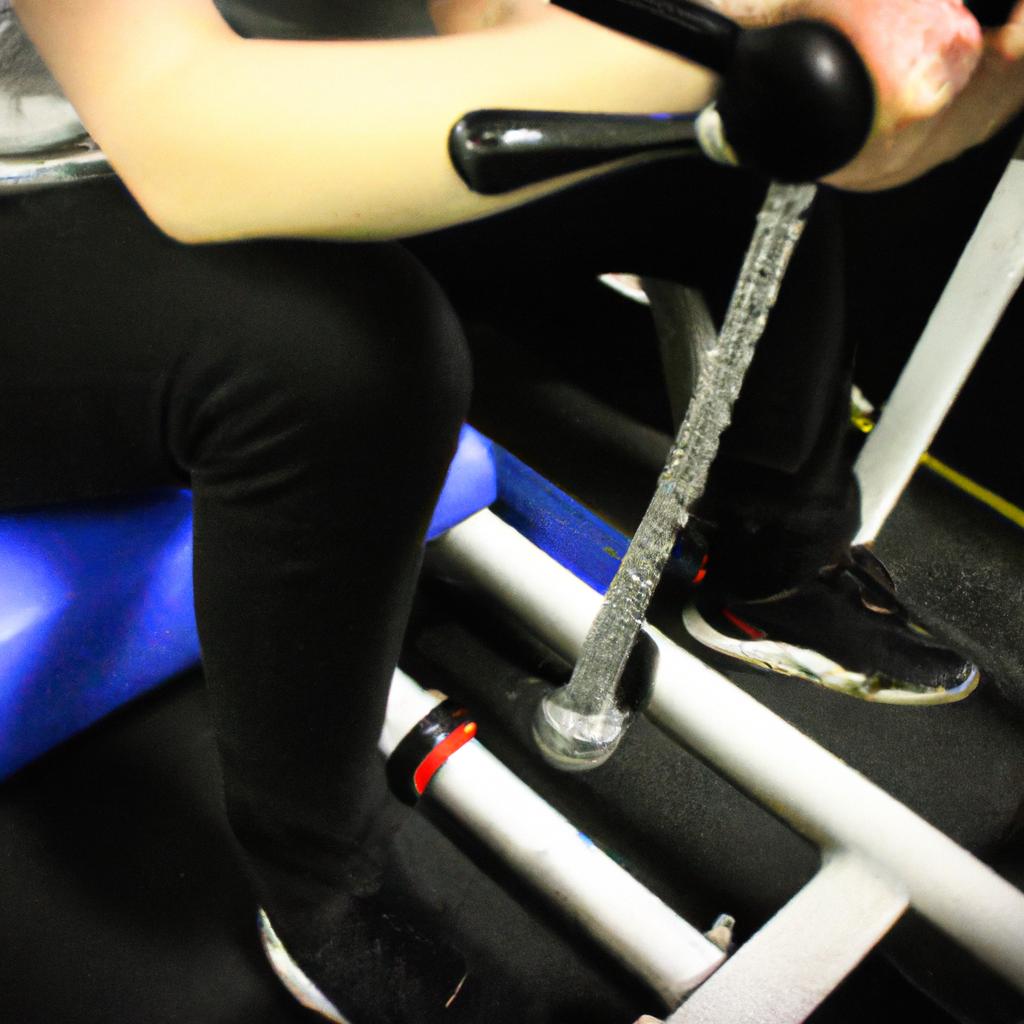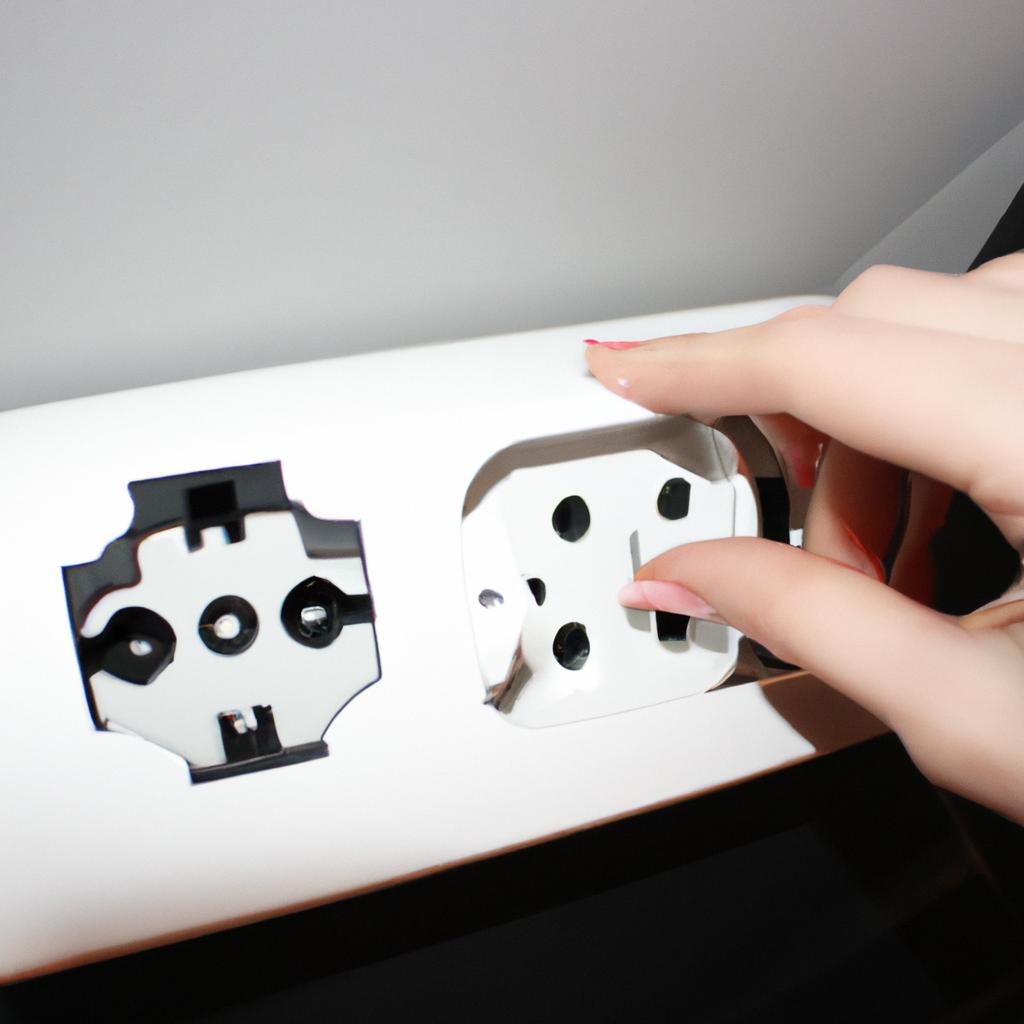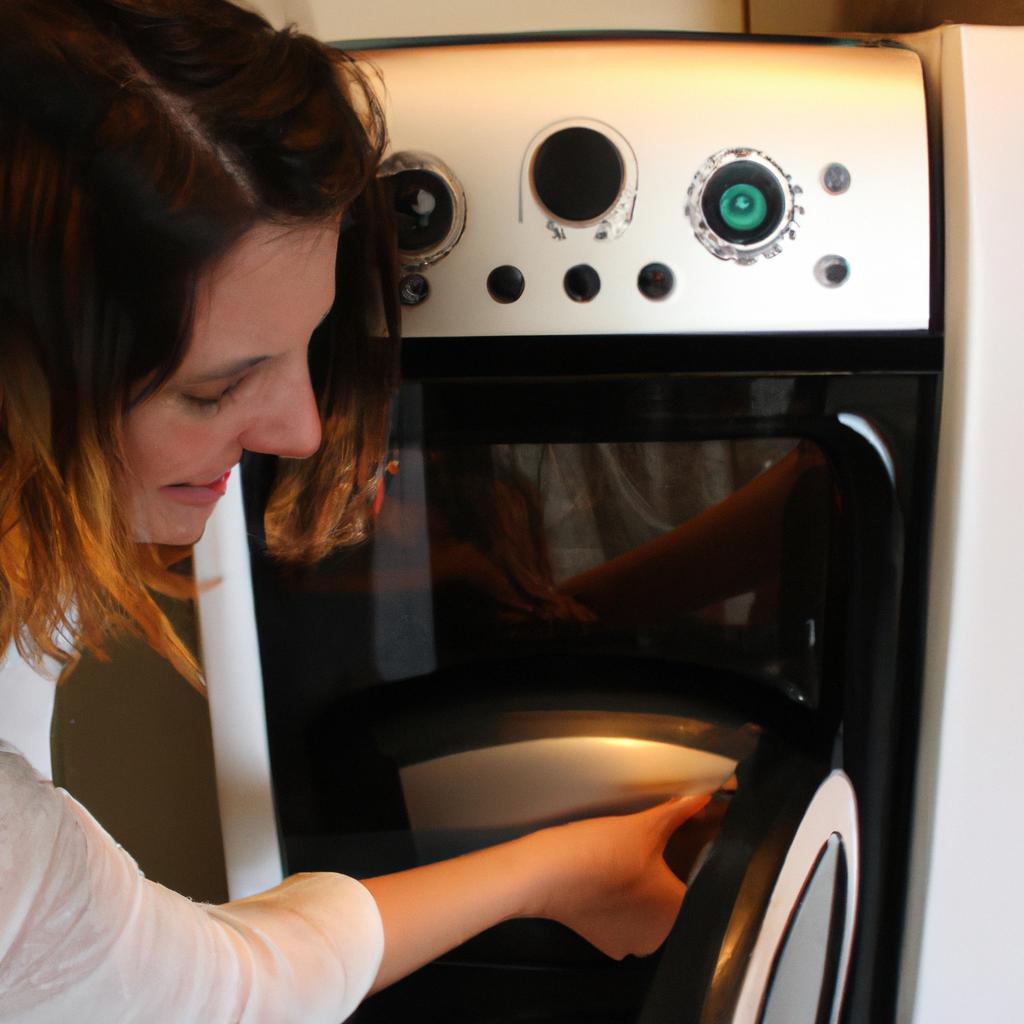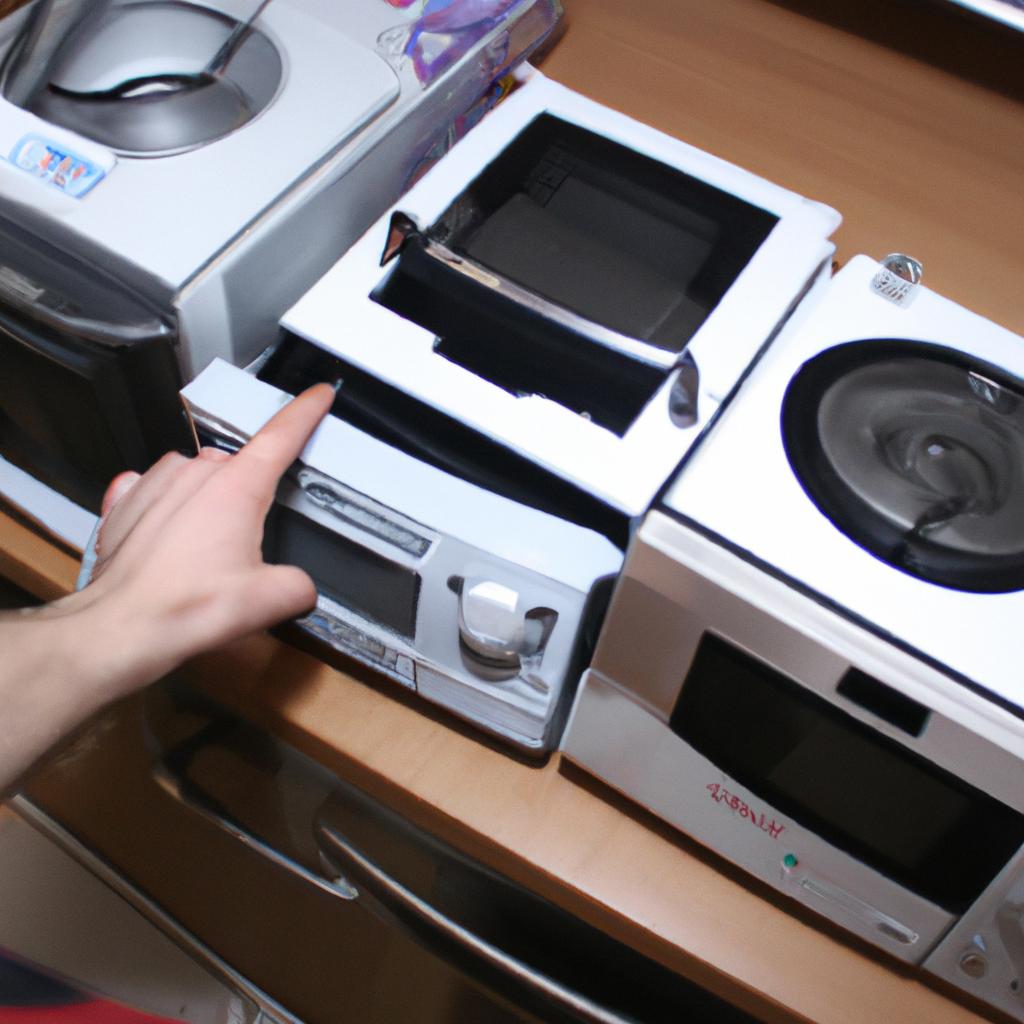Latest Articles
-
Warranty Options for Home Appliances: Consumer Goods and Services Insights
As consumers, we rely on home appliances for our daily tasks and routines. From refrigerators to washing machines, these devices make our lives more ... -
Video Games and Consoles: A Comprehensive Guide to Consumer Electronics
The rapid advancement of technology has revolutionized the entertainment industry, particularly in the realm of video games and consoles. As consumers become increasingly immersed ... -
Upcycling Fashion: Transforming Consumer Goods and Services in the Fashion Industry
The fashion industry is notorious for its significant environmental impact and unsustainable practices. However, in recent years, a growing movement known as upcycling has ... -
The Top Picks: Must-Have Sports Accessories for Consumer Goods and Services: Sports Equipment
Sports accessories play a crucial role in enhancing the overall performance and experience of athletes. From professional sportsmen to amateurs, these accessories have become ... -
The Top Home Gym Equipment for Consumer Goods and Services: A Comprehensive Guide
The demand for home gym equipment has seen a significant surge in recent years, particularly with the rise of consumer goods and services that ... -
The Rise of Vintage: The Timeless Allure of Retro Fashion
In recent years, there has been a noticeable resurgence in the popularity of vintage and retro fashion. This phenomenon can be exemplified by the ... -
The Importance of Oral Hygiene: Consumer Goods and Services: Personal Care
Oral hygiene plays a crucial role in maintaining overall health and well-being. Neglecting oral care can lead to various dental problems, such as cavities, ... -
The Importance of Credit Score: Consumer Goods and Services Loan Approval
In today’s consumer-driven society, individuals often rely on loans to finance their purchase of goods and services. Whether it be a mortgage for a ... -
The Evolution of Sports Apparel: A Guide to Consumer Goods and Services in Sports Equipment
The Evolution of Sports Apparel: A Guide to Consumer Goods and Services in Sports Equipment Over the years, sports apparel has undergone a remarkable ... -
The Capsule Wardrobe: Simplifying Fashion in Consumer Goods and Services
The concept of a capsule wardrobe has gained significant attention in recent years as a means to simplify fashion choices amidst an overwhelming abundance ... -
Sustainable Fashion: A Guide for Consumer Goods and Services
The fashion industry is notorious for its negative impact on the environment and society, with fast fashion brands producing vast amounts of waste and ... -
Sports Equipment: A Comprehensive Guide for Consumers
Sports Equipment: A Comprehensive Guide for Consumers Imagine a passionate tennis player, searching for the perfect racket to enhance their game. They are overwhelmed ... -
Smart Home Integration: Consumer Goods and Services Importance in Home Appliances
Smart home integration has become increasingly prevalent in recent years, revolutionizing the way consumers interact with their home appliances. This article explores the importance ... -
Slow Fashion: Embracing Sustainability and Ethical Practices in Consumer Goods and Services
The fashion industry has long been associated with fast-paced trends, disposable products, and exploitative labor practices. However, a growing movement known as “slow fashion” ... -
Skincare: A Comprehensive Guide for Personal Care in Consumer Goods and Services
The skincare industry has witnessed significant growth in recent years, with an increasing number of consumers seeking effective and personalized solutions for their personal ... -
Shaving Products: Consumer Goods and Services in Personal Care
Shaving products are a ubiquitous aspect of personal care, catering to the grooming needs of individuals across various demographics. From traditional razors to electric ... -
Safety Features: Enhancing Consumer Protection in Home Appliances
Safety Features: Enhancing Consumer Protection in Home Appliances The proliferation of advanced technology and the increasing demand for convenience have led to a wide ... -
Personal Care in Consumer Goods and Services: A Comprehensive Guide
The personal care industry is a vast and ever-evolving sector that encompasses a wide range of consumer goods and services. From skincare products to ... -
Outdoor Gear: Essential Sports Equipment for Every Adventure
Outdoor adventures are an exhilarating way to unwind, connect with nature, and challenge oneself physically. Whether embarking on a hiking expedition in the mountains ... -
Mobile Devices: A Comprehensive Guide to Consumer Electronics in the Digital Age
Mobile devices have become an integral part of our daily lives, transforming the way we communicate and interact with the world. From smartphones to ... -
Loan Documentation: The Paperwork for Consumer Goods and Services Loan Approval
Loan Documentation: The Paperwork for Consumer Goods and Services Loan Approval Imagine this scenario: Sarah, a young professional with dreams of owning her first ... -
Loan Approval in Consumer Goods and Services: A Comprehensive Guide
Loan approval plays a vital role in the consumer goods and services industry, where individuals seek financial assistance to fulfill their desires or meet ... -
Income Verification: A Crucial Aspect for Loan Approval in Consumer Goods and Services
Income verification is an essential component in the loan approval process for consumer goods and services. It serves as a crucial tool for lenders ... -
Home Appliances: Enhancing Consumer Goods and Services
The advent of home appliances has revolutionized the way consumers perceive and interact with goods and services. These technological advancements have not only simplified ... -
Hair Care 101: Essential Personal Care Tips for Consumer Goods and Services
Hair care is an essential aspect of personal grooming that encompasses a wide range of consumer goods and services. From shampoos and conditioners to ... -
Fitness Trackers: The Ultimate Guide for Sports Equipment Consumers
Fitness trackers have become increasingly popular among sports equipment consumers, revolutionizing the way individuals monitor and track their physical activity. These wearable devices provide ... -
Feminine Care in Consumer Goods and Services: A Guide to Personal Care
The provision of feminine care in consumer goods and services is a crucial aspect of personal care that plays a significant role in women’s ... -
Fashion: A Comprehensive Guide for Consumer Goods and Services
The world of fashion is a vast and ever-evolving industry, encompassing a wide range of consumer goods and services. From clothing to accessories, from ... -
Exercise Equipment: A Comprehensive Guide to Choosing the Best Sports Equipment
The importance of exercise in maintaining good physical health and overall well-being cannot be overstated. Engaging in regular physical activity has been proven to ... -
Ethical Fashion: Consumer Goods and Services>Fashion
In today’s consumer-driven society, the fashion industry plays a significant role in shaping trends and influencing purchasing decisions. However, behind the glitz and glamour ... -
Enhancing Your Sound: The Latest Audio Equipment for Electronics Consumers
In today’s digital age, where entertainment and communication are increasingly intertwined with technology, the demand for high-quality audio equipment has never been greater. Whether ... -
Energy Efficiency in Consumer Goods and Services: An Exploration of Home Appliance Innovations
Energy efficiency has become a paramount concern in today’s society, as the need to reduce energy consumption and mitigate climate change becomes increasingly urgent. ... -
Employment History in Consumer Goods and Services: A Guide to Loan Approval
The employment history of individuals seeking loan approval in the consumer goods and services industry plays a crucial role in determining their creditworthiness. Lenders ... -
Electronics and Consumer Goods: The Latest Technological Innovations
In recent years, the realm of electronics and consumer goods has witnessed a remarkable surge in technological innovations. From cutting-edge smartphones to advanced home ... -
Education Level: Impact on Loan Approval in Consumer Goods and Services
With the increasing availability and accessibility of consumer goods and services, individuals often rely on loans to finance their purchases. However, loan approval is ... -
Ease of Use in Consumer Goods and Services: Home Appliances Simplified
The advancement of technology has brought about a wide range of consumer goods and services that aim to simplify our everyday lives. Among these, ... -
Durability in Consumer Goods and Services: Home Appliances
Durability is a crucial aspect to consider when purchasing consumer goods and services, especially in the context of home appliances. Consumers want their investments ... -
Debt-to-Income Ratio for Consumer Goods and Services: Loan Approval Factors Explained
Debt-to-income ratio (DTI) is a crucial factor that lenders consider when evaluating loan applications for consumer goods and services. It provides insight into an ... -
Computer Hardware: A Comprehensive Guide for Electronics Consumers
Computer hardware is an integral part of modern technology, playing a crucial role in the functioning and performance of electronic devices. From personal computers ... -
Camera and Photography Revolution: The Digital Era in Consumer Electronics
The digital era has brought about a revolutionary transformation in the field of consumer electronics, particularly in the realm of cameras and photography. With ... -
Bathing Products: Consumer Goods and Services in Personal Care
The personal care industry is a flourishing market that encompasses various consumer goods and services, including bathing products. In today’s fast-paced society, individuals are ... -
How scammers play on-line lenders
The pace benefit of on-line lenders has uncovered them to a rising drawback – a kind of fraud known as mortgage stacking. Persons are ...




